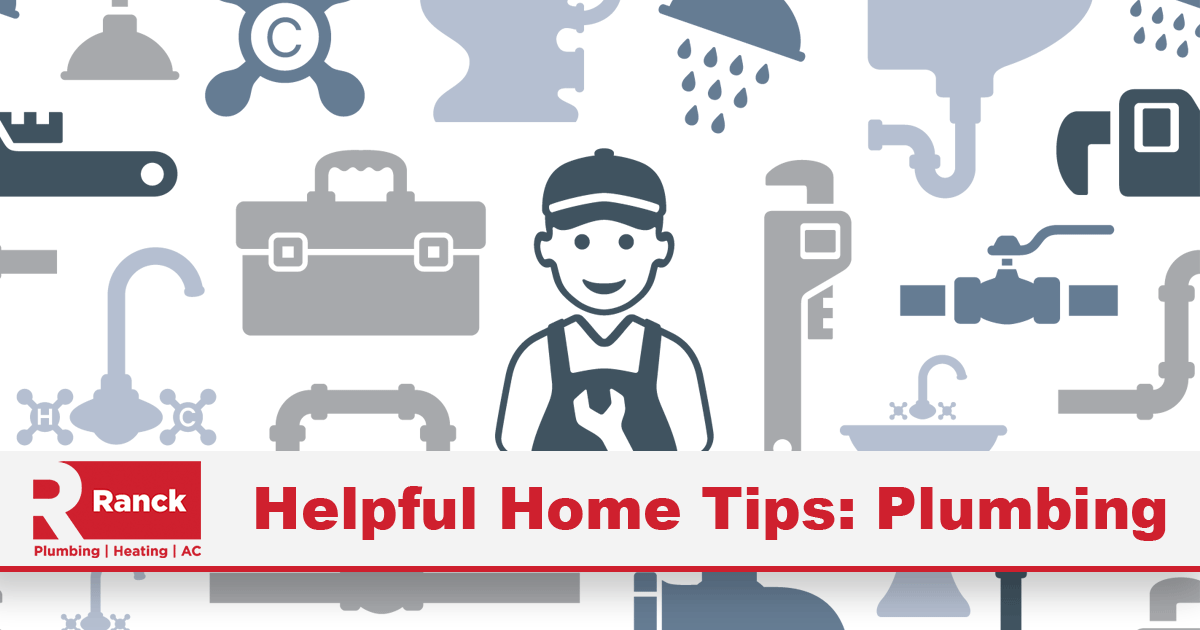
How to Fix a Kitchen Drain Clog

Drain clogs can happen in every home for a variety of reasons. Today we will look at kitchen drain clogs and different methods for removing and for preventing them in the first place. The kitchen sink is one of the most common places to get a clogged drain. This is due in a large part to the amount of grease and organic matter that can potentially go down the drain and into the water trap and pipes. And, if you are using a garbage disposal, there is even more potentially disruptive organic matter going down your drain. Here are some steps we recommend to fix and prevent kitchen drain clogs:
Kitchen Sink Clog Prevention
Drain clogs can lead to pipe damage and other plumbing issues, so knowing how to prevent clogged drains is important. When cleaning dishes, make sure you scrape most of the food into the trash first and do not put coffee grounds down the drain. Pour any grease from pans into a metal can, which can be thrown away after the grease has cooled. Minimize the amount of food you put through the disposal. Avoid large amounts of potato peels, orange rinds, leafy vegetables, etc. Also, use a constant flow of water while the garbage disposal is on and for 30-60 seconds after the disposal is shut off. This will assist in the process and keep the drain from clogging. After you do the dishes, make sure you run hot water to prevent greasy buildup near the drain. If you really want to get serious pour a half-cup of baking soda and a half-cup of vinegar down the drain, followed by very hot water.
Use Natural Bacteria/Enzyme Cleaners
Unlike toxic chemical drain openers, enzyme cleaners will create slime eating colonies that literally eat all sorts of organic matter. However these cleaners work best as a preventative by removing the grime before it can build up. The best time to use enzyme cleaners is right before you go to sleep, so they have all night to settle in before the next day’s water can wash them away.
Unclogging a Kitchen Sink
The best way to unclog a sink is to take out what is clogging the pipes. Toxic chemicals have acid and will “burn” a small hole trough the clog which may get rid of the backed up water, but will not open the drain. Once the drain is clogged, 90% of the time it is in the drain itself. If using a plunger on the clog doesn’t work, it will need to be “snaked” (opened with a flexible cable with a cutting attachment on the end that will open the drain as it rotates). While there are electric and mechanical versions the mechanical snakes are the better option and can be rented at a local tool rental center. When using a snake, make sure you are wearing clothes that can get dirty because this can be a tricky and messy task. If you have snaked the drain and still have the clog, you will have to go lower into the P-Trap. Empty or dip as much water out of the sink itself with a bucket before attempting anything under the sink. If you don’t, you will get more water than even a large bucket can hold.
Once you have removed most of the water from the sink, put a large bucket under the P-Trap (the curved part of the drain). Then slowly loosen the top nut. If the clog is in the P-Trap, then water will start to run out into your bucket. Once the water has drained, remove the P-Trap. Take the P-Trap and shake it into the bucket to remove the clog. You can also push a paper towel through to clean out the grease and muck. If the water does not run out of the sink it means the clog is in the pipe above the P-Trap. Put the bucket back and see if you can work the clog free from the back end of the pipe. Remember, the water is still in the sink above the clog so things may get messy when it comes loose.
We realize that unclogging a kitchen drain may be too difficult or too messy for some and may not be the task for everybody. So, if you need help we are only a phone call away and ready to assist you. Call us at 717-397-2577 or contact us for help.